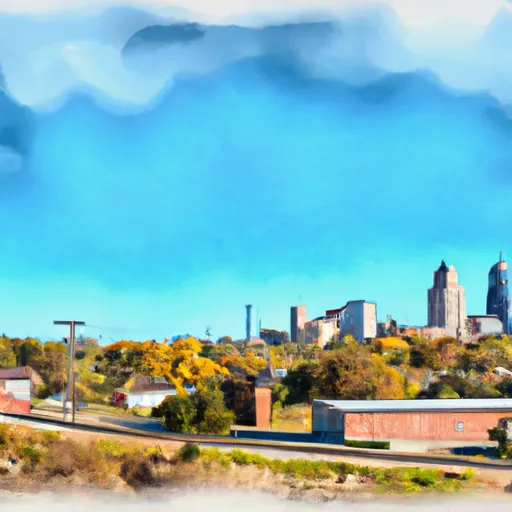°F
°F
mph
Windspeed
%
Humidity











Half-Way, Missouri is a small community located in the southwestern part of the state. The climate in Half-Way is characterized by hot summers and cool winters, with an average annual temperature of approximately 55 degrees Fahrenheit. The area is known for its abundant water resources, including several creeks and small rivers. Outdoor recreation opportunities in the area include fishing, hiking, and camping in the nearby woods and parks. The hydrology constituents of the area include a mix of groundwater and surface water sources, with the majority of water used for agricultural purposes. Overall, Half-Way offers a peaceful, outdoor-focused lifestyle for residents and visitors alike.
Weather Forecast
Half-Way receives approximately 1127mm of rain per year, with humidity levels near 82% and air temperatures averaging around 13°C. Half-Way has a plant hardyness factor of 6, meaning plants and agriculture in this region thrive during a short period during spring and early summer. Most plants will die off during the colder winter months.
Regional Streamflow Levels
124
Cubic Feet Per Second
361
Cubic Feet Per Second
63
Cubic Feet Per Second
154
Cubic Feet Per Second
Nearby Camping
| Camping Area | Reservations | Toilets | Showers |
|---|---|---|---|
| Point Cedar - De Gray Lake | |||
| DeGray Lake State Park | |||
| Charlton | |||
| Shouse Ford - De Gray Lake | |||
| Alpine Ridge - De Gray Lake | |||
| Ozan Point - De Gray Lake |



